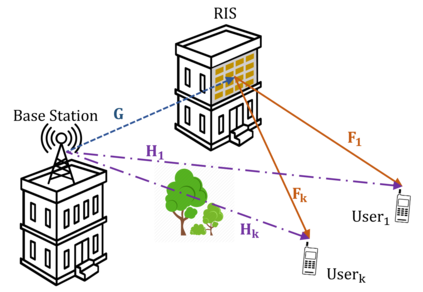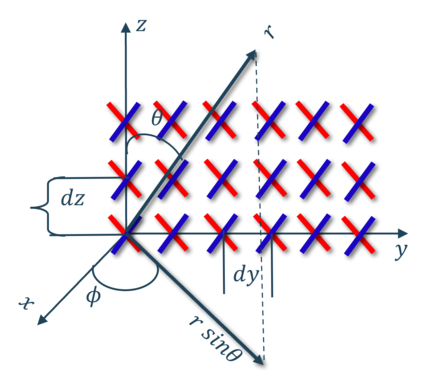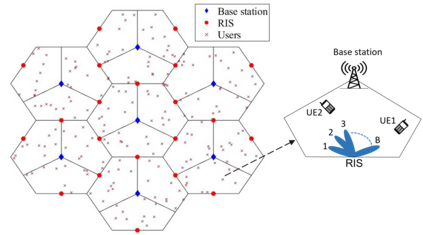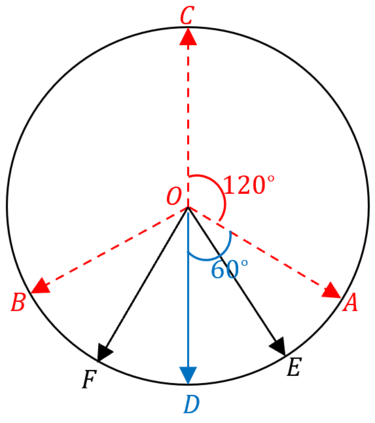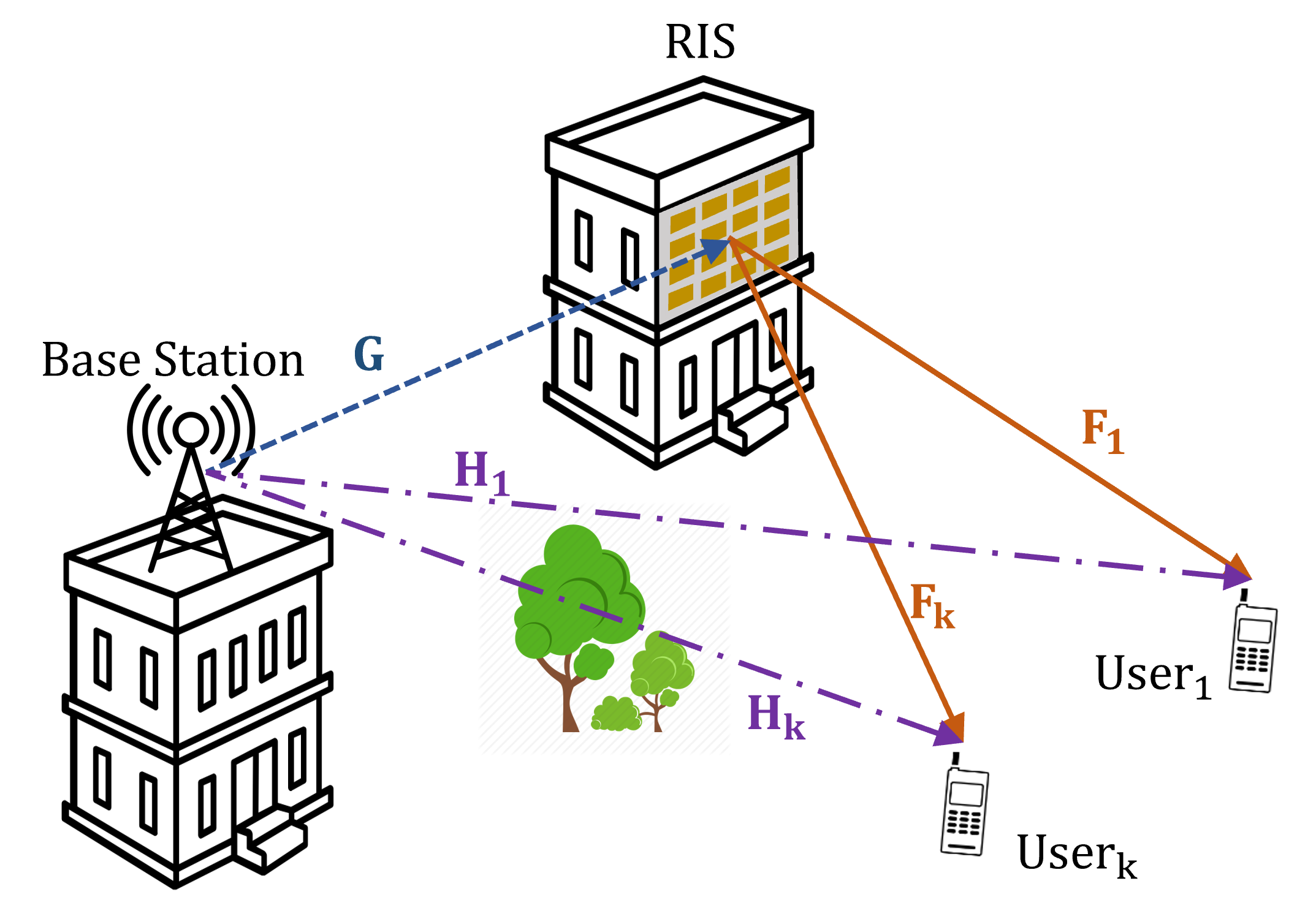In this letter, we present in detail the system-level modeling of reconfigurable intelligent surface (RIS)-assisted cellular systems by considering a 3-dimensional channel model between base station, RIS, and user. We prove that the optimal placement of RIS to achieve wider coverage is exactly opposite to the base station, under the constraint of single RIS in each sector. We propose a novel beamforming design for RIS-assisted cellular systems and derive the achievable sum rate in the presence of ideal, discrete, and random phase shifters at RIS. Through extensive system-level evaluations, we then show that the proposed beamforming design achieves significant improvements as compared to the state-of-the-art algorithms.
翻译:----
在本文中,我们详细介绍了可重构智能表面(RIS)辅助蜂窝网络的系统级建模,通过考虑基站、RIS和用户之间的三维信道模型。我们证明了在每个扇区仅有单个RIS的约束条件下,实现更广覆盖的最佳RIS部署位置正好在基站相反的位置。我们提出了一种新颖的RIS辅助蜂窝系统波束成形设计,并推导出在RIS上的理想、离散和随机相移器情况下实现的可达到的总速率。通过广泛的系统级评估,我们展示了所提出的波束成形设计相比于现有算法实现了显著的改进。

